Nine days to honor the Divine Feminine.! Navratri is a time of divine celebration, where devotion and positive energy fill the air. You can invite peace, prosperity, and harmony into your home by embracing sacred rituals and mindful practices,
Significance of Navratri

Navratri is a sacred Hindu festival celebrated for nine days to honor the Divine Feminine. It is deeply rooted in Sanatan Dharam as it marks the victory of Goddess Durga over the demon Mahishasura. Each day is dedicated to a different manifestation of the Goddess, emphasizing virtues such as strength, wisdom, prosperity, and compassion. Devotees observe fasting, perform prayers, and engage in cultural festivities to seek divine blessings.
Nine Forms of Goddess Durga

During Navratri, each of the nine days is dedicated to a different form of Goddess Durga, symbolizing various divine attributes and powers. Worshiping these forms with devotion brings strength, wisdom, and prosperity.
Shailputri (Day 1) – The daughter of the mountains, she represents strength and purity. Worshiping her grants stability and courage.
Brahmacharini (Day 2) – The goddess of penance and devotion, she symbolizes spiritual enlightenment and discipline.
Chandraghanta (Day 3) – She has a crescent moon on her forehead and represents bravery, peace, and prosperity.
Kushmanda (Day 4) – Known as the creator of the universe, she bestows health, wealth, and energy.
Skandamata (Day 5) – The mother of Lord Kartikeya (Skanda), she represents motherhood and protects devotees from troubles.
Katyayani (Day 6) – The warrior goddess, she symbolizes courage and grants blessings for overcoming obstacles.
Kalaratri (Day 7) – Fierce and powerful, she destroys evil and negative energies while bringing inner strength.
Mahagauri (Day 8) – The goddess of purity and serenity, she blesses devotees with peace and wisdom.
Siddhidatri (Day 9) – The giver of supernatural powers (siddhis), she fulfills spiritual and worldly desires.
Worshiping all nine forms of Goddess Durga during Navratri enhances positivity, removes obstacles, and leads to overall well-being.
Rituals of Navratri Puja
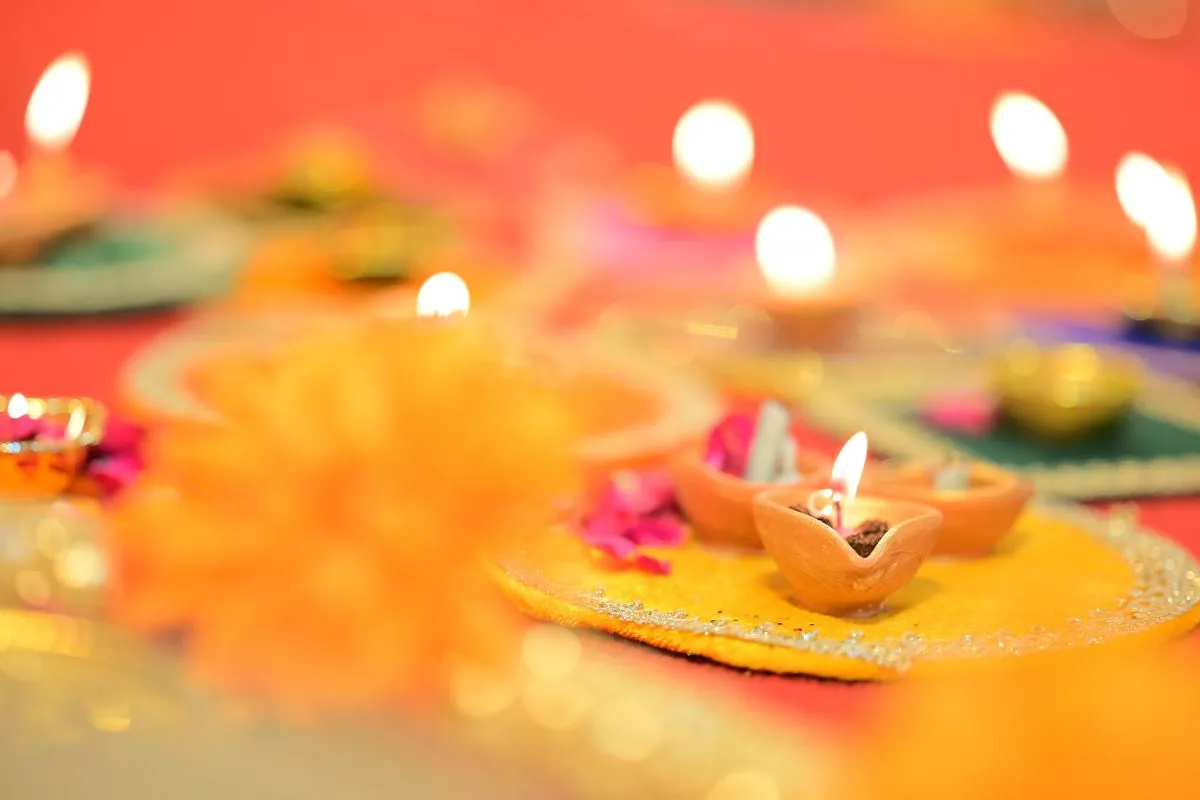
Ghatasthapana (Kalash Sthapana): The festival begins with the installation of a sacred Kalash, symbolizing the presence of divine energy.
Daily Aarti and Bhajans: Devotees perform morning and evening prayers, singing devotional hymns in praise of Goddess Durga.
Fasting and Prasad Offering: Many observe fasts and consume simple Satvik food while offering fruits and sweets to the Goddess.
Kanya Puja: On the eighth or ninth day, young girls representing Goddess Durga’s energy are worshipped and offered food and gifts.
Garba and Dandiya: Traditional dance forms like Garba and Dandiya Raas are performed, especially in Gujarat and Maharashtra, as a part of Navratri celebrations.
Importance of Chanting Durga Saptashati
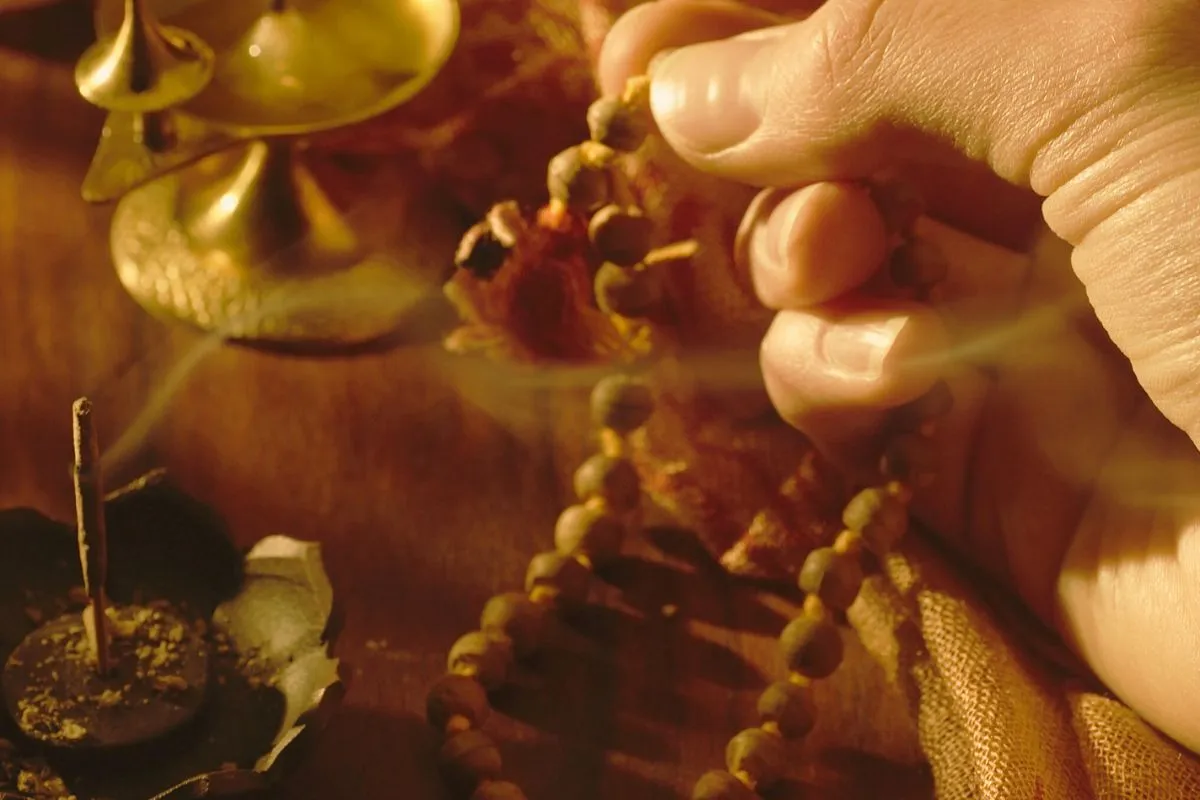
Reciting Durga Saptashati is one of the most powerful ways to worship Maa Durga and seek Her Blessings. According to the Bhuvaneshwari Samhita, just as the Vedas are Eternal, so is the Durga Saptashati. This Sacred Text consists of 700 Verses across 13 Chapters, each offering unique Benefits. It is a sacred and rare Practice that helps overcome Challenges and fulfills both Material and Spiritual Desires.
Significance of Each Chapter:
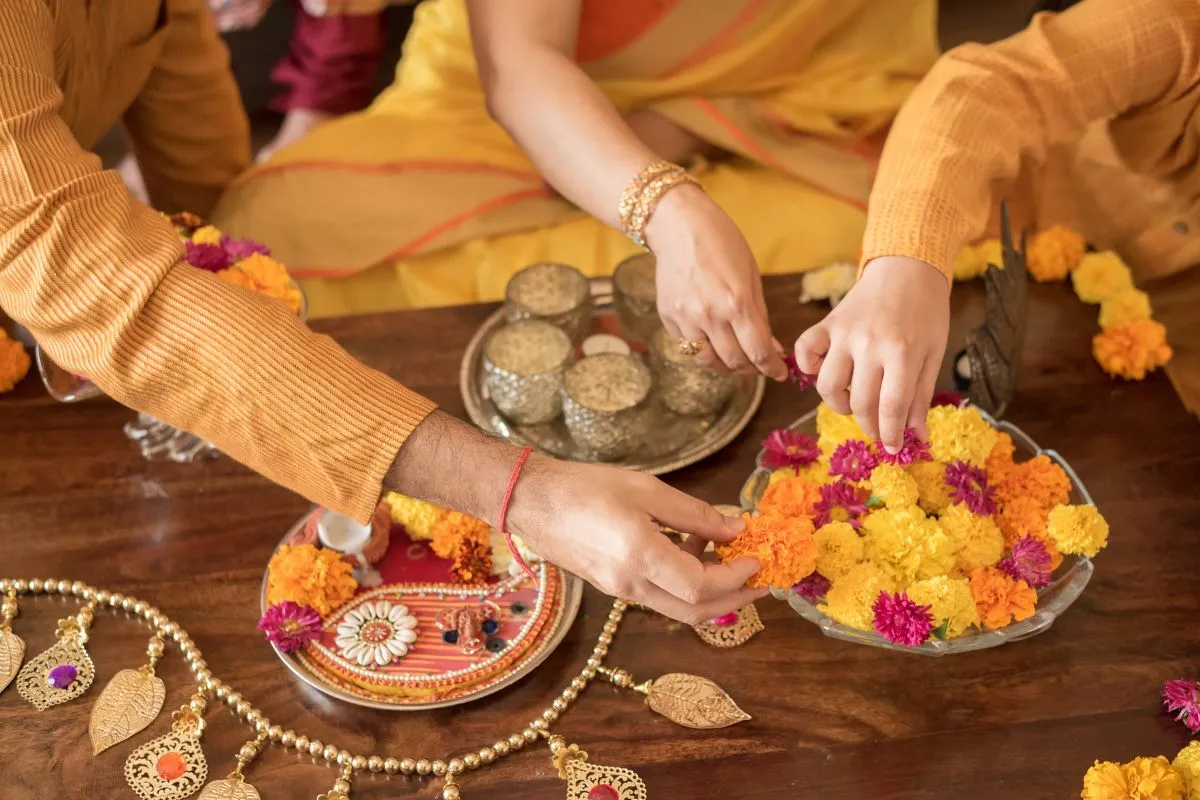
Chapter 1 – Removes Anxiety and Fear, even from the strongest Enemies.
Chapter 2 – Ensures Victory in Disputes, including Property Conflicts.
Chapter 3 – Grants Success in Battles, Legal Matters, and overcoming Enemies.
Chapter 4 – Brings Wealth, a Good Life Partner, and Devotion to Maa Durga.
Chapter 5 – Removes Fear, Bad Dreams, and Negative Energies.
Chapter 6 – Eliminates Obstacles and grants Desired Success.
Chapter 7 – Fulfills Hidden Wishes and Heart’s Deepest Desires.
Chapter 8 – Brings Financial Gains and Influence over Others.
Chapter 9 – Helps recover Lost Items and attracts Prosperity.
Chapter 10 – Brings Power, Happiness, and helps find Missing Persons.
Chapter 11 – Relieves Stress, ensures Business Success, and brings Joy.
Chapter 12 – Heals Diseases, removes Fear, and earns Social Respect.
Chapter 13 – Grants Devotion to Maa Durga and fulfills all Desires.
The purpose of this Sadhana (Spiritual Practice) is not just to fulfill Worldly Wishes but also to align the Soul with the Divine Rhythm of the Universe. By the Grace of Maa Durga, one can find Solutions to Life’s Problems and progress on the Spiritual Path. Since Human Desires are endless, Durga Saptashati provides an easy yet powerful way to fulfill them while seeking Divine Protection and Blessings.
Vastu Tips for Navratri Puja
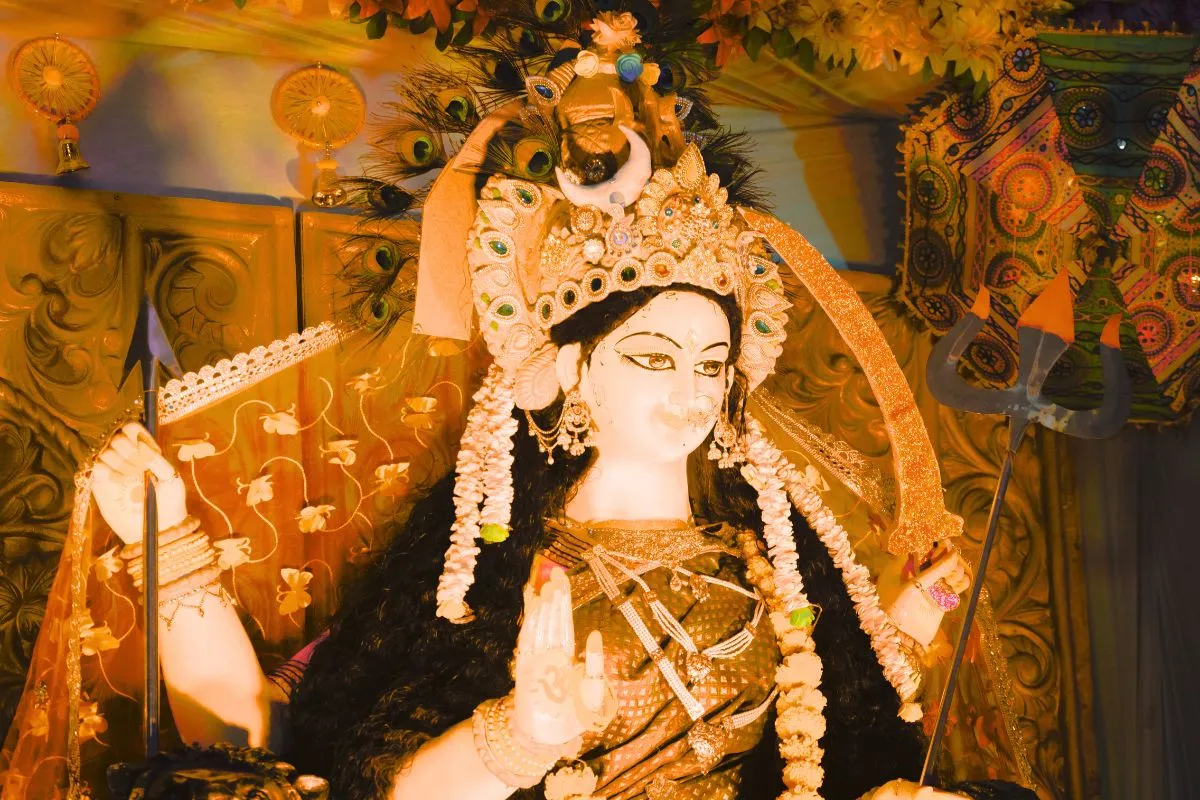
Vastu Shastra, an ancient Indian system of architecture and design that promotes harmony, energy flow, and balance in the environment.
By following these simple Vastu tips for Navratri Puja, you can create a spiritually enriched powerful and positive environment that attracts positive energy, prosperity, and divine blessings. A well-balanced Puja space enhances devotion and makes your connection with Goddess Durga even more powerful.
Choose the Right Direction for Your Puja Room
The Northeast corner of your home is considered the most auspicious for setting up your Puja room, as this direction is associated with divine energy.
If the northeast is not available, you can choose the East or South directions.
Keep the Puja space clean, clutter-free, and well-lit to allow positive energy to flow freely.
Navratri Altar Arrangement
Arrange Goddess Durga’s idol or picture on a raised platform and decorate it with fresh flowers.
Offer incense sticks, diyas, kumkum, rice, and coconut during the Puja.
Recite Sacred scriptures like Durga Saptashati daily.
Use auspicious colors associated with each day of Navratri to decorate the Puja space.
Proper Placement of Idols and Images
The idols or images of Goddess Durga should be placed slightly away from the wall, ensuring air circulation and energy movement.
Avoid placing Idols on the floor or inside a closed cabinet.
Avoid placing them in the South -West direction.
The devotee should ideally face East or West while performing Puja.
Use Auspicious Colors
Colors play a significant role in attracting positive vibrations during Navratri.
Each day of Navratri is associated with a specific color, such as red for Goddess Durga and yellow for Goddess Saraswati.
Incorporate these colors in the Puja space using flowers, fabrics, and decorations.
Enhance the Atmosphere with Aromas
Fragrances can elevate the energy of the Puja space and create a divine ambiance.
Use sandalwood, jasmine, or rose incense sticks, camphor, or essential oils to purify the environment and invite positive energy.
Light and Diya Placement
Akhand Jyoti (oil lamps) represents Fire element primarily . Fire element should be placed in the Southeast direction, which is associated with fire energy and prosperity. But if your temple is in North-East direction then simply use Brass Diya to balance the Fire element.
Keep the Puja space well-lit at all times, as darkness can block positive vibrations.
Maintain a Sacred and Peaceful Environment
Avoid placing the Puja area near bathrooms or under staircases, as these areas can disrupt spiritual energy.
Keep the surroundings peaceful by playing soft devotional music or mantras to enhance divine vibrations.
Refrain from keeping broken idols or cracked Puja items, as they can attract negative energy.
Offer Fresh Flowers and Prasad Daily
Fresh flowers symbolize purity and divine blessings, so offer them daily to the Goddess.
Keep a dedicated space for Prasad (sacred offerings) and ensure it is fresh and clean.
Avoid using artificial flowers, as natural elements enhance positivity.
Meditate and Chant Mantras
Practicing meditation in your Puja space helps in deepening your connection with the divine.
Chanting mantras like ‘Om Dum Durgaye Namah’ can amplify spiritual energy and bring peace and prosperity.
Embrace these Vastu principles and experience a truly transformative and blissful Navratri!
Ayurveda and Navratri

According to Ayurveda, Navratri marks a seasonal transition, making it an ideal time for detoxification and restoring balance in the body. During this period, the body's immunity is naturally lower, and fasting helps eliminate toxins, improve digestion, and enhance mental clarity. Consuming light Satvik food like fruits, nuts, and herbal drinks aligns with Ayurvedic principles, promoting physical and spiritual well-being. The practice of chanting, meditation, and disciplined eating helps balance the three doshas—Vata, Pitta, and Kapha—leading to overall harmony and health.
Conclusion
Navratri is a time of devotion, discipline, and celebration. Observing its rituals with sincerity, incorporating Ayurvedic principles, and following simple Vastu guidelines can enhance spiritual growth and bring peace, prosperity, and divine blessings into one’s life. May this Navratri fill your home with joy, health, and happiness!



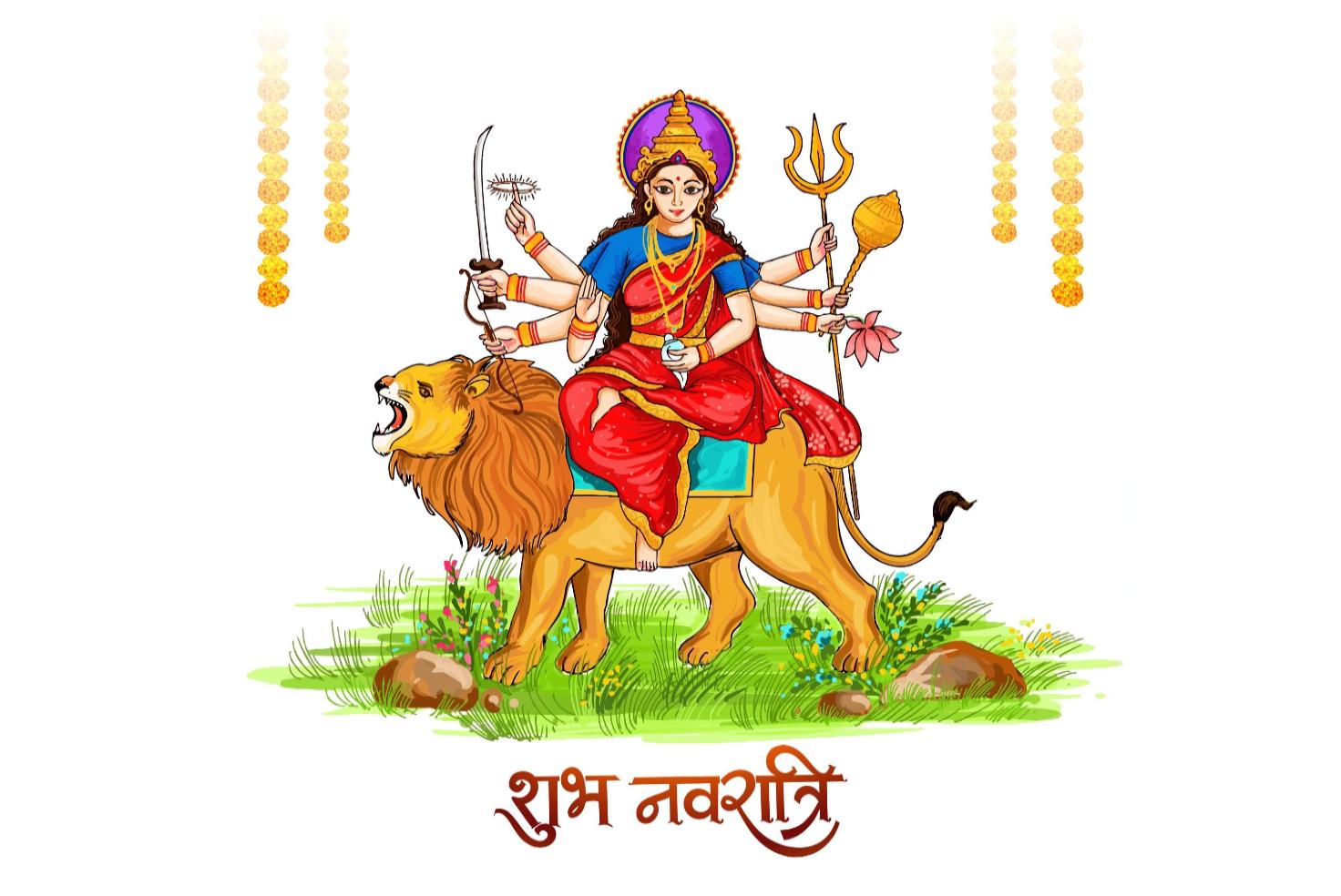





.jpg)


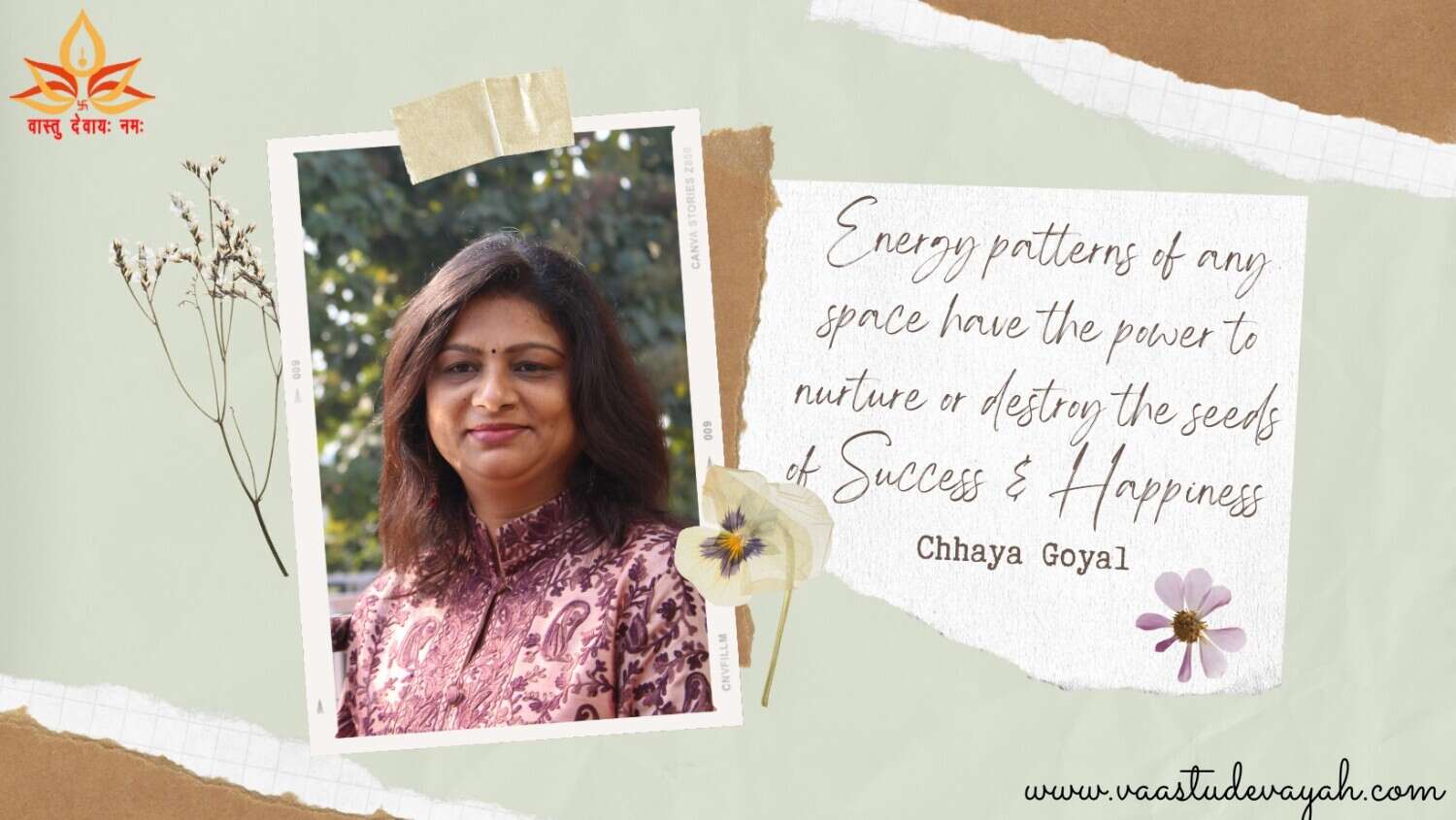


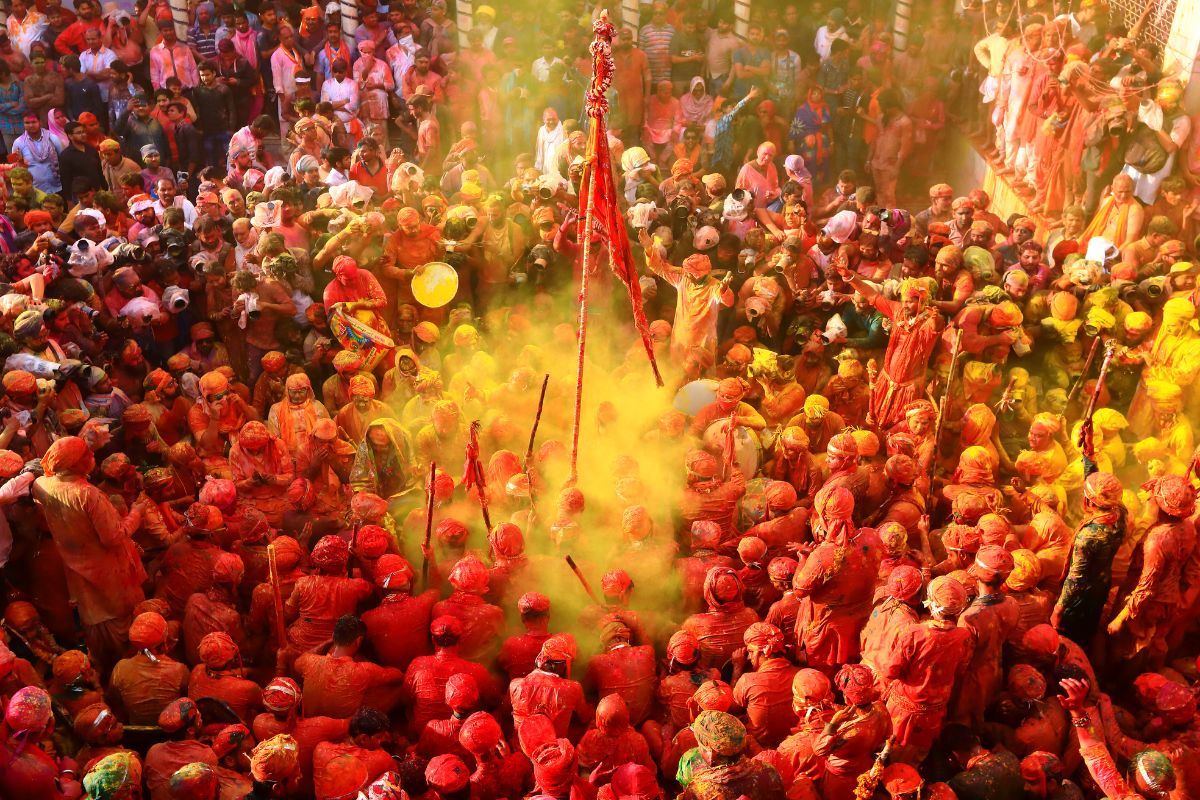
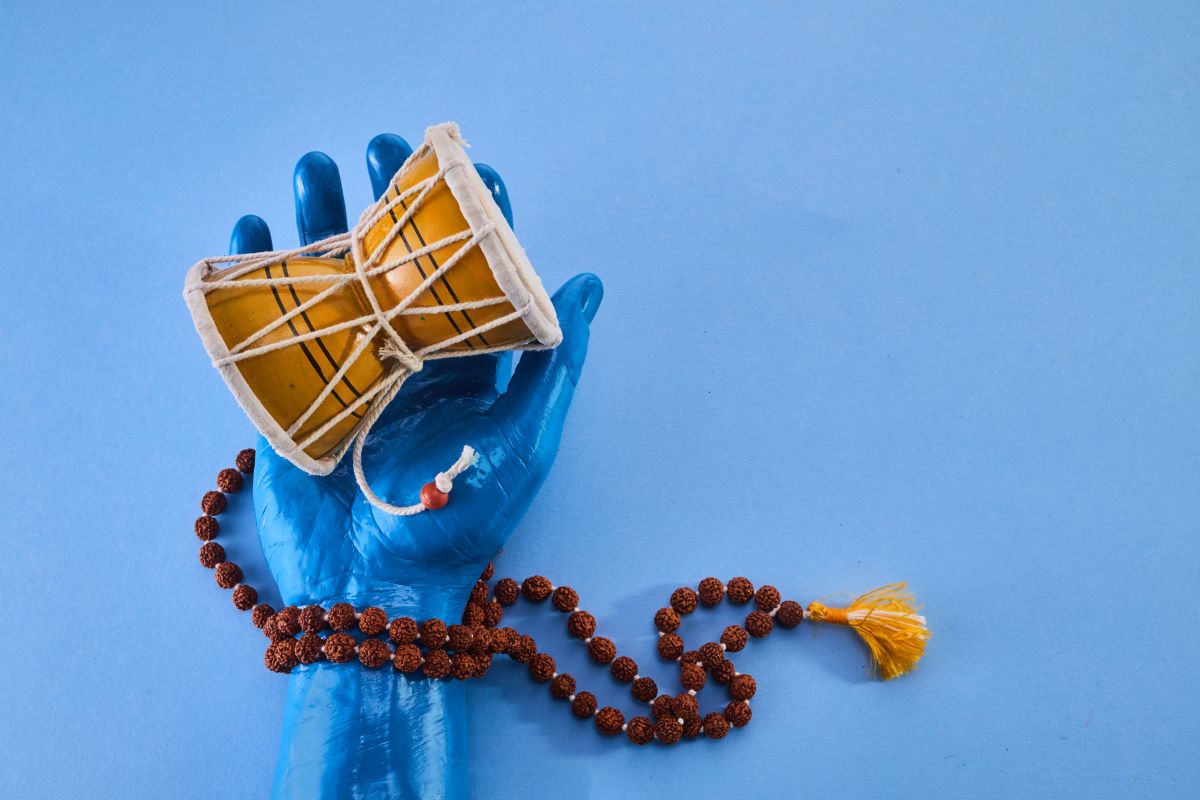



Write a Comment